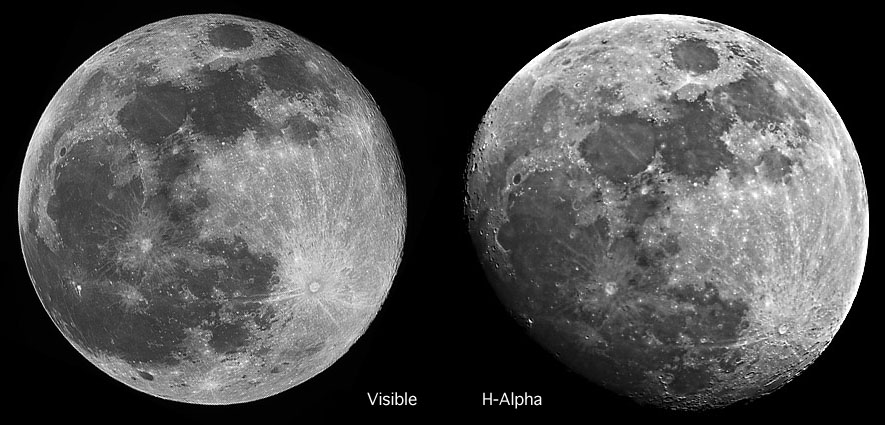Difference between revisions of "October 22, 2004"
| Line 54: | Line 54: | ||
===COMMENTS?=== | ===COMMENTS?=== | ||
Register, and click on the <b>Discussion</b> tab at the top of the page. | Register, and click on the <b>Discussion</b> tab at the top of the page. | ||
| + | <hr> | ||
| + | <!-- | ||
| + | You can support LPOD when you buy any book from Amazon thru [[Support_ LPOD|LPOD]]! | ||
| + | --> | ||
| + | <span style="font-size:88%"> | ||
| + | <center> | ||
| + | Contributions to http://www2.lpod.org/ are licensed under a Creative Commons Attribution No-Derivative-Works Non-Commercial 3.0 License. [http://www.creativecommons.org/licenses/by-nc-nd/3.0 http://www.wikispaces.com/i/creativecommons/by-nc-nd_3.0_80x15.png]<br> | ||
| + | </center> | ||
| + | </span> | ||
Revision as of 12:22, 1 February 2015
H-Alpha Moon
Image Credit: Frank Barrett |
|
H-Alpha Moon Most images of the Moon are taken in visible light, which is where human eyes are most sensitive. But here (right) is one taken through a hydrogen-alpha filter which is normally used to image the Sun in a narrow red part (656.3 nm) of the visible spectrum. I compare this image to Frank's previous LPOD (and APOD!) image on the left which was taken in visible light. I enhanced both images, making comparison a little uncertain. Nevertheless, there are a few interesting comparisons. first, the two images look quite similar - probably because the Sun is quite bright at H-alpha wavelengths, contributing significantly to its total visible brightness. Second, there are some differences. In H-alpha, Mare Nectaris is more muted - the rays that cross it are more strongly depicted. The same seems true for maria Fecunditatis and Crisium - both are low in titanium. Additionally, the dark mare patches south of Mare Serenitatis have more contrast on the H-alpha image. Frank's image suggests that amateurs may want to experiment imaging the Moon thru different color filters to explore compositional differences in the maria. Technical Details: Related Links: Tomorrow's LPOD: Imaging the First Lunar Photographer |
|
Author & Editor: Technical Consultant: Contact Translator: A service of: |
COMMENTS?
Register, and click on the Discussion tab at the top of the page.
Contributions to http://www2.lpod.org/ are licensed under a Creative Commons Attribution No-Derivative-Works Non-Commercial 3.0 License. 




